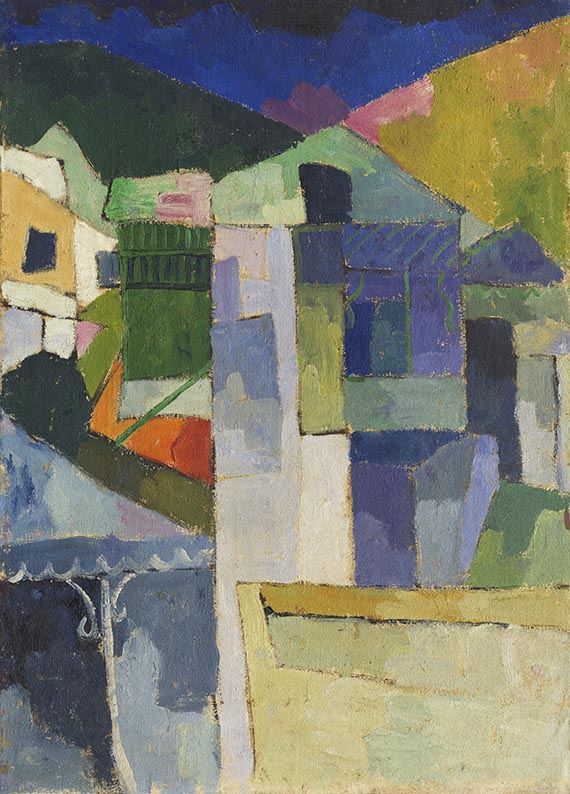Dictionary


Scandinavian Rococo
Scandinavian countries were also influenced by French rococo, particularly during the second half of the 18th century. Portrait painting was the preferred medium, as demonstrated in the work of Alexander Roslin (1718-1793) and the younger Lorenz Pasch, as well as Gustaf Lundberg, Per Krafft the Elder and Adolf Ulric Wertmüller, who all studied in Paris.
French rococo also had an impact on Danish art, although more figuratively than stylistically. A special form of Scandinavian rococo was practised in Copenhagen. The main exponents of the Copenhagen school of portraitists’ temperamental, impassioned style were Carl Gustaf Pilo (c. 1711-93), and Vigilius Erichsen. Jens Juel (1745-1802) was a figure with international standing, and founder of a natural, pleasant and simultaneously profound portrait style, and taught at the famous Copenhagen academy. Juel’s work was highly influential in the field of landscape art, where backgrounds gained more prominence, and ultimately became subjects in their own right. Juel taught Philipp Otto Runge, the leading exponent of early German romantic painting, amongst others. Nicolai Abraham Abildgaard (1743-1809) worked in a classical style, frequently including antique or figures from Nordic myths and legends in his works. Like Jens Juel, Abildgaard’s work paved the way for the art of the 19th century.
Scandinavian countries were also influenced by French rococo, particularly during the second half of the 18th century. Portrait painting was the preferred medium, as demonstrated in the work of Alexander Roslin (1718-1793) and the younger Lorenz Pasch, as well as Gustaf Lundberg, Per Krafft the Elder and Adolf Ulric Wertmüller, who all studied in Paris.
French rococo also had an impact on Danish art, although more figuratively than stylistically. A special form of Scandinavian rococo was practised in Copenhagen. The main exponents of the Copenhagen school of portraitists’ temperamental, impassioned style were Carl Gustaf Pilo (c. 1711-93), and Vigilius Erichsen. Jens Juel (1745-1802) was a figure with international standing, and founder of a natural, pleasant and simultaneously profound portrait style, and taught at the famous Copenhagen academy. Juel’s work was highly influential in the field of landscape art, where backgrounds gained more prominence, and ultimately became subjects in their own right. Juel taught Philipp Otto Runge, the leading exponent of early German romantic painting, amongst others. Nicolai Abraham Abildgaard (1743-1809) worked in a classical style, frequently including antique or figures from Nordic myths and legends in his works. Like Jens Juel, Abildgaard’s work paved the way for the art of the 19th century.
Offers
Headquarters
Joseph-Wild-Str. 18
81829 Munich
Phone: +49 89 55 244-0
Fax: +49 89 55 244-177
info@kettererkunst.de
Louisa von Saucken / Undine Schleifer
Holstenwall 5
20355 Hamburg
Phone: +49 40 37 49 61-0
Fax: +49 40 37 49 61-66
infohamburg@kettererkunst.de
Dr. Simone Wiechers / Nane Schlage
Fasanenstr. 70
10719 Berlin
Phone: +49 30 88 67 53-63
Fax: +49 30 88 67 56-43
infoberlin@kettererkunst.de
Cordula Lichtenberg
Gertrudenstraße 24-28
50667 Cologne
Phone: +49 221 510 908-15
infokoeln@kettererkunst.de
Hessen
Rhineland-Palatinate
Miriam Heß
Phone: +49 62 21 58 80-038
Fax: +49 62 21 58 80-595
infoheidelberg@kettererkunst.de
We will inform you in time.




